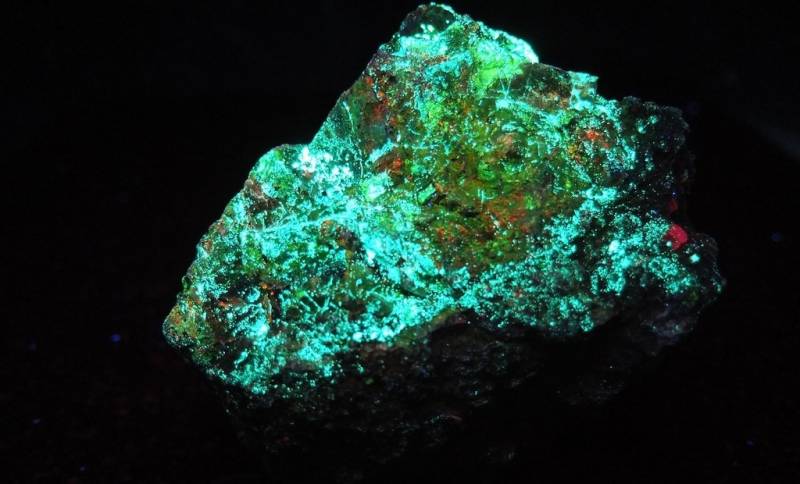'Extreme level' uranium deposits found in Nalgonda
By Newsmeter Network
Hyderabad: A new element has been found in Nalgonda, which till now was known for massive presence of fluoride, which has been crippling their lives for almost seven decades now. The new finding is uranium and that too in plenty.
It has been found in Devarakonda constituency, around Peddagattu-Lambapur in Pedda Adiserlapally limits and that too in a dangerous state. The centre that identified uranium deposits has been researching on the water instead of arranging for mining. The results of the research are out now.
In a question asked by MP Uttam Kumar Reddy, Minister of state for Jal Shakti, Rattan Lal Kataria's response cleared the air that Uranium was actually been found in the drinking water available at Peddagattu-Lambapur area. Post this revelation, the locals have been involved in protests.
A total of 11.02 million tons of uranium deposits spread across 1,326 acres have been identified in villages of Lambapur, Naamapuram, Ellapuram Pulicharla, peddagattu and other areas in Pedda Adiserlapally mandal of the constituency.
A detailed Project report (DPA) has been made for the period until 2003 in order to undertake mining in an open mine and three underground mines. A treatment plant adjacent to the mines has also been proposed. As people from all the wards had opposed it, UCIL officials had to step back.
The mines required a total of 1,301.35 acres, 1,104.64 acres of land belonged to Reserve forests, for which they required permission. It was estimated that roughly 760 acres was required to set up a treatment plant at Mallapur.
Before the mining was to begin, it was mandatory for the department of atomic energy to collect the samples of water from the area and analyze it. As a part of this, 468 water samples were taken and analyzed in 2010-11. Samples from 25 borewells were also collected between November 2018 and July 2019.
A total of 1 PPB - 2,618 PPB uranium deposits have been found from the samples of all the water collected. While in 13 places the PPB value was less than 60, in other places the PPB value was to the extreme levels.
The Atomic Energy Regulatory Board (AERB) preventive limits had revealed that drinking water can have uranium up to 60 PPB. However, the United States Environmental Protection Agency (USEPA) has cautioned that drinking water should only have 30 PPB of Uranium for it to be consumable.
Water from 21 borewells in the nearby Lambapur-Peddagattu and five hand-pumps was also collected. Around 1 PPB - 48 PPB uranium has been found from the water taken from hand-pumps. Scientists have also declared the water as 'non-potable' after which farmers and the tribals have been protesting. It is stated that 50,000 people might get affected due to this.
Speaking of the extreme level of uranium deposits, Peddagattu Sarpanch, Narender Nayak said, "The water that has been used for taking samples is the same water that we've been drinking for the past 50 years. Uranium deposits have been found in water. There has been no clarity regarding this from the officials. They did not even tell us not to drink that water till now. They have just been taking water samples.”
Govind Yadav from Yellapuram said, "UCIL officials have been taking samples once every month or two since July. There has been a talk about uranium deposits in water. The officials must clarify on this.”